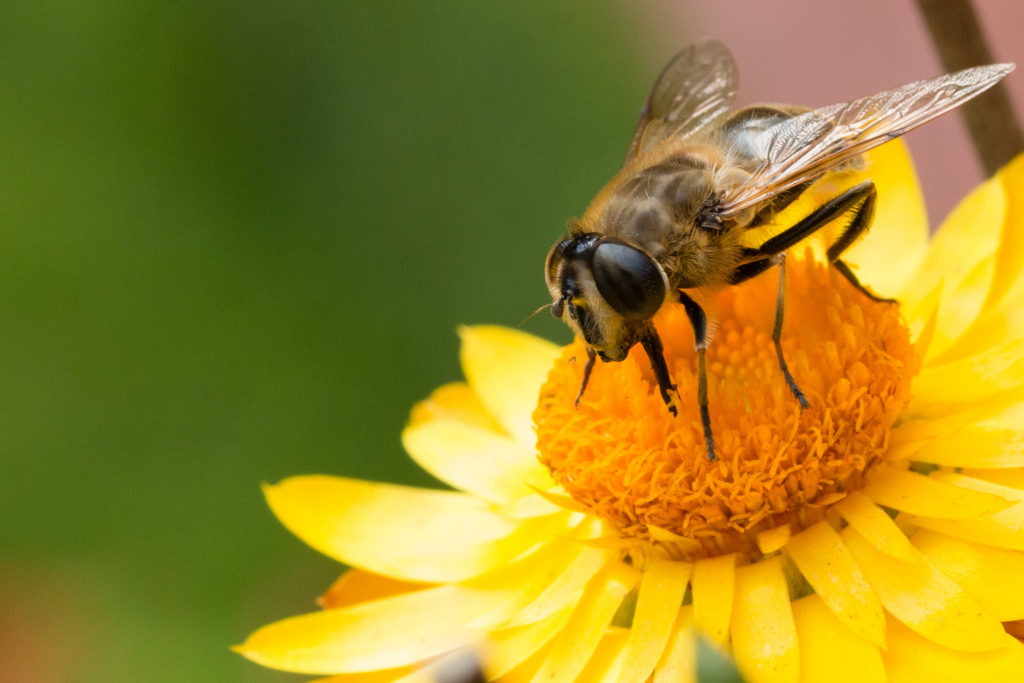
There is no shortage of dangers to honey bees, but a parasitic mite known as Verroa destructor is considered to be the greatest threat because it transmits virus diseases which lead to colony death.
The Varroa mites, upon infiltrating a bee colony, latch on to bees, sucking their hemolymph (essentially their blood) and spreading the diseases they carry. According to the USDA, 42% of commercial hives in the U.S. were infested last summer, and 40% of beekeepers said the parasite seriously harmed their colonies. By comparison, only 13% reported harm from pesticides.
Scientists at the Hebrew University of Jerusalem in Israel were experimenting with a technique called RNA interference that aimed to damage vital genes in Varroa mites. Mites infesting bees fed sugar water laced with the specially-designed RNA rapidly died, but so did mites fed RNA that shouldn’t have had any effect.
German scientists primarily based at the University of Hohenheim sought to reproduce these results and they discovered that lithium chloride used in the production of the RNA and thus present in the sugar water was what was actually killing the parasites. Further experiments revealed that feeding honeybees miniscule amounts of lithium chloride over 24 to 72 hours wiped out 90 to 100% of Varroa mites without significantly increasing bee mortality.
According to the researchers, lithium chloride could be put to use very quickly because it is easily applied via feeding, will not accumulate in beeswax, has low toxicity for mammals, and is not expensive. This accidental discovery may turn out to be the solution to one of the biggest problems facing much beleaguered honey bee populations.
**********
Web Links
Accidental Discovery Could Save Bees From Their Greatest Threat
Photo, posted September 21, 2013, courtesy of Markus Trienke via Flickr.
‘Accidentally Saving the Bees’ from Earth Wise is a production of WAMC Northeast Public Radio.
Leave a Reply